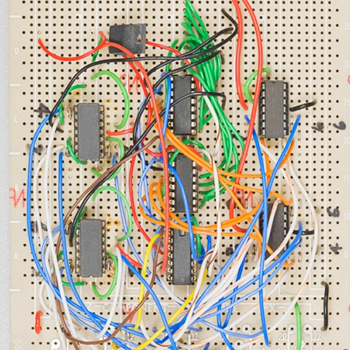#f(x)=(x-2)/(x^2+x-2)=(x-2)/((x+2)(x-1))#
a. When #x# goes to infinity, #lim_(x->oo)f(x)=0# and#lim_(x->-oo)f(x)=0# . This means that x-axis is one of the asymptotes.
In addition, #f(x)# is not defined at #x=-2,1#. Therefore #x=-2# and #x=1# are also asymptotes.
b
First, differentiate #f(x)#.
#f'(x)=((x-2)'(x^2+x-2)-(x-2)(x^2+x-2)')/(x^2+x-2)^2#
#=(1*(x^2+x-2)-(x-2)(2x+1))/(x^2+x-2)^2#
#=-(x^2-4x)/(x^2+x-2)^2#
Solving #f'(x)=0# leads to #x=0,4# and it indicates that #f(0)=1# and #f(4)=1/9# are local maxima or minima.
When #x<-2, -2< x< 0 and x>4#, #f(x)# is monotonically decreasing because #f'(x)=-(x(x-4))/(x^2+x-2)^2# is negative for this domain.
Likewise, #f(x)# is monotonically increasing when #0< x< 1 , 1< x< 4#.
Thus, #f(0)# is the local minima and #f(4)# is the local maxima.
c
Substitute #x=0# and #y=0# to the formula and the intersepts are obvious. #(2,0),(0,1)#.
d
graph{(x-2)/(x^2+x-2) [-10, 10, -5, 5]}
e
Draw the line #y=p# on the graph and find when #y=f(x)# and #y=p# cross at two distinct point. The answer is #p< 0, 0< p< 1/9 and 1< p#.
![enter image source here]()

